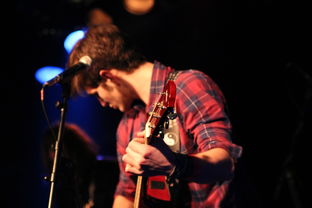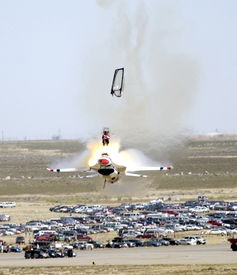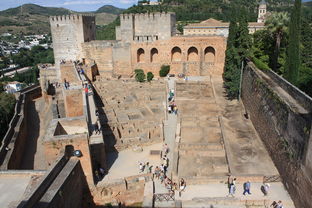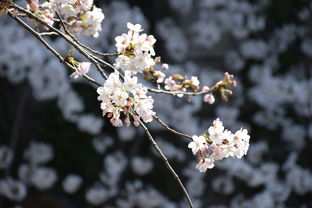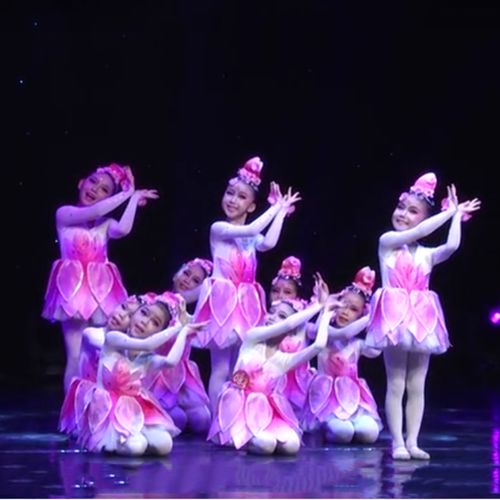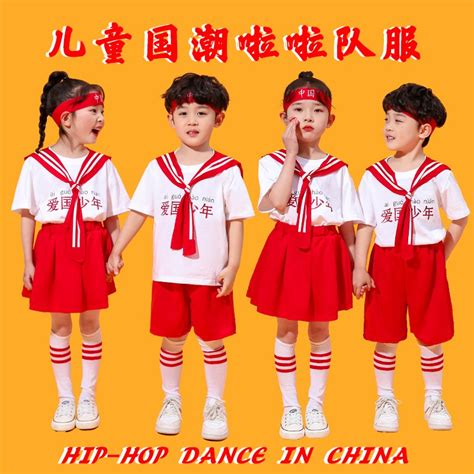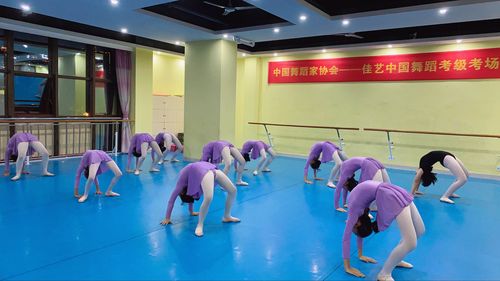请你播放舞蹈节目英文
Title: "Showcasing Dance Performances: A Guide to Presenting Dance Programs"
Showcasing Dance Performances: A Guide to Presenting Dance Programs
Dance performances are captivating displays of artistry, rhythm, and expression, often transcending language barriers to communicate emotions and stories. Whether organizing a professional dance event, a school recital, or a community showcase, effective presentation is key to engaging the audience and conveying the beauty of dance. In this guide, we explore essential elements and considerations for presenting dance programs.
Every dance program benefits from a cohesive theme or concept that ties the performances together. Whether it's exploring a specific culture, narrating a story, or celebrating a particular style of dance, a welldefined theme adds depth and coherence to the event.
Curate a diverse repertoire of dance performances that showcase various styles, techniques, and emotions. Consider the audience demographic and their preferences while selecting pieces to ensure broad appeal.
Invest time and effort into choreographing each piece meticulously. Rehearse extensively to achieve precision, synchronicity, and expressive quality in movements. Encourage creativity while ensuring technical proficiency.
Choose music that complements the choreography and enhances the emotional impact of the performance. Ensure highquality sound systems for clear audio transmission, and conduct sound checks to avoid technical glitches during the event.
Lighting plays a crucial role in setting the mood, highlighting performers, and creating visual effects. Work with lighting designers to design dynamic lighting schemes that enhance the atmosphere and accentuate choreographic elements. Consider stage design elements to create an immersive experience for the audience.

Costumes should complement the dance style and theme while allowing freedom of movement. Pay attention to details such as fabric, color, and accessories. Ensure performers' makeup enhances facial expressions and visibility under stage lights.
Effectively promote the dance program through various channels, including social media, posters, flyers, and press releases. Highlight key attractions, such as guest performers, special themes, or unique choreography, to generate interest and attract a larger audience.
Coordinate backstage activities, including performer lineup, prop placement, and stage transitions, to ensure smooth flow between performances. Allocate sufficient time for stage setup, rehearsals, and technical checks to minimize lastminute hiccups.
Interact with the audience through preshow introductions, program notes, and postshow discussions to enhance their understanding and appreciation of the performances. Encourage feedback and participation to foster a sense of community.
After the event, gather feedback from performers, audience members, and staff to assess the strengths and areas for improvement. Use this feedback to refine future dance programs and enhance the overall quality of the presentations.
By paying attention to these key elements and considerations, organizers can elevate the presentation of dance programs, creating memorable experiences for performers and audiences alike.




